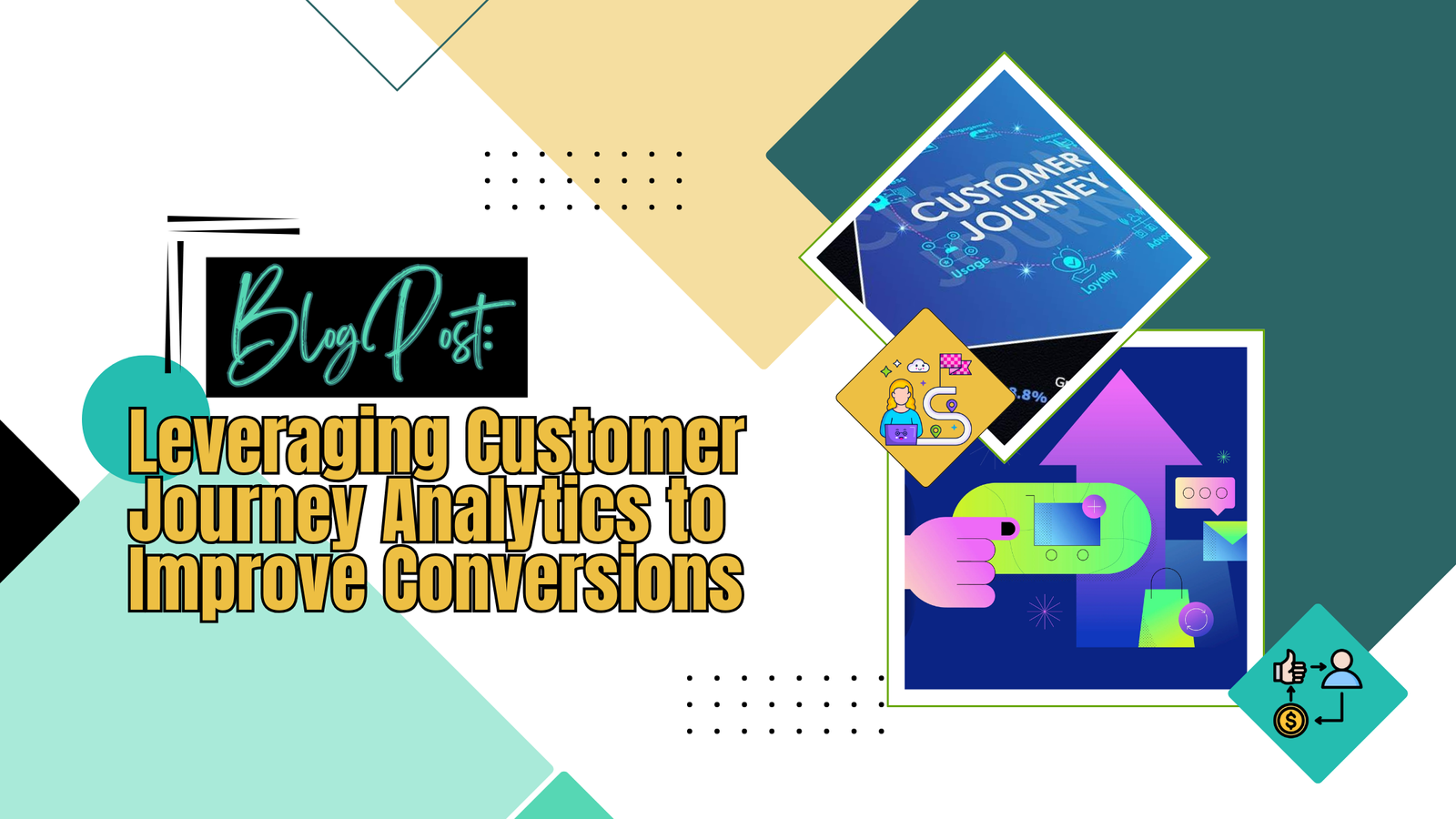
Leveraging Customer Journey Analytics to Improve Conversions
Understanding customer behavior is the key to driving sales and enhancing the overall shopping experience of your online store visitors.
Customer journey analytics plays a vital role in this process by providing valuable insights into how customers interact with your website and move through the sales funnel. By effectively analyzing customer data, businesses can increase conversion rates, optimize their sales funnel, and deliver a more personalized shopping experience.
In this blog, we’ll explore how to leverage customer journey analytics to improve conversion rates and grow your e-commerce business. We’ll cover the importance of journey mapping, the best tools for analyzing customer behavior, and actionable tips for enhancing your conversion rate optimisation (CRO) strategy.
What Is Customer Journey Analytics?
Customer journey analytics refers to the process of collecting and analyzing data from various customer interactions across different touchpoints. The goal is to map customer journeys and understand how customers move through the stages of awareness, consideration, and conversion.
By leveraging customer data analytics, businesses can gain insights into which parts of the user journey are successful, and more importantly, where the friction points are that could be affecting conversion rate optimisation efforts.
The Importance of Mapping the Customer Journey
When you map customer journeys, you create a visual representation of the entire process a customer goes through, from the first touchpoint to the final conversion. This provides a clearer understanding of the customer’s motivations, behaviors, and decision-making processes.
By using customer journey analytics tools, you can:
- Identify bottlenecks and friction points in the funnel.
- Personalize the shopping experience based on user behavior.
- Improve the flow of customers from awareness to purchase.
- Ensure that marketing and sales strategies are aligned with customer expectations.
When you map customer journeys effectively, you can enhance your conversion rate optimisation strategy by addressing pain points and tailoring experiences that lead to better engagement and more conversions.
How Customer Journey Analytics Can Improve Conversion Rates?
Understanding the customer journey allows you to pinpoint areas where users drop off and what needs to be done to bring them back. Let’s take a look at how customer journey analytics can increase conversion rates in various stages of your funnel:
1. Improving Website Navigation and User Experience
One of the most significant friction points in the customer journey is poor website navigation. By using journey analytics tools, you can track how customers move through your site and identify areas where they might encounter confusion or obstacles. For example, if users frequently leave a product page without taking action, there may be a problem with the layout or product information.
Addressing these issues can increase conversions and reduce bounce rates. Tools like Hotjar can help you visualize user journeys with heatmaps and session recordings, allowing you to make data-driven changes to increase conversion rates.
2. Optimizing Checkout Processes
The checkout process is another critical area where friction often occurs. Abandoned carts can be a major obstacle to increase sales conversion rates. By analyzing customer behavior during checkout using customer journey analytics software, you can determine why users are abandoning their carts.
For example, if you notice users leaving at the payment stage, this could indicate a lack of trust or confusion over payment options. Simplifying your checkout process or offering additional payment methods can help you improve sales conversion rates.
3. Personalizing the Shopping Experience
Personalization is one of the most effective ways to improve the customer journey and increase conversion rates. By using customer journey analytics to understand the preferences and behaviors of different user segments, you can create personalized offers, recommend products, and tailor your marketing messages.
This leads to a more engaging experience that keeps customers interested and encourages them to complete their purchase. Personalization driven by customer data analytics can have a significant impact on improving ecommerce conversion rates.
Essential Customer Journey Analytics Tools
Several customer journey analytics tools can help you gather and analyze data effectively. These tools allow you to track customer behavior, map journeys, and optimize your funnel for better performance. Here are a few to consider:
1. Hotjar
Hotjar is one of the most popular tools for visualizing customer behavior. It offers heatmaps, session recordings, and feedback polls that help you understand how users interact with your site. This information can be used to remove friction points and improve ecommerce conversion rates by ensuring a smoother user experience.
With Hotjar, you can also gather real-time customer feedback to understand where users are struggling and how to improve their journey. This makes it an essential tool for your conversion rate optimisation efforts.
2. OptinMonster
OptinMonster is a powerful tool for lead generation and CRO. It allows you to create targeted pop-ups, slide-ins, and other on-site elements to capture customer information and encourage conversions. OptinMonster uses advanced targeting features that show offers based on user behavior, making it a perfect fit for improving Shopify conversion rates.
This tool can also help you segment customer journeys and show specific offers based on where a user is in the funnel, ultimately helping you increase sales conversion rates.
3. Google Analytics
Google Analytics remains a robust tool for tracking customer journeys and gathering customer data analytics. By setting up goals and tracking user flows, you can see how different customer segments navigate your site and where they drop off. You can also identify your top-performing pages and understand which elements lead to higher conversions.
Using Google Analytics in conjunction with other journey analytics tools can provide a comprehensive understanding of your customers’ behavior and help you optimize for conversions.
How to Use Customer Journey Analytics to Increase Conversions?
Once you’ve gathered insights using customer journey analytics software, the next step is to implement changes that improve your conversion rate optimisation strategy. Here are some actionable tips:
1. Address Drop-Off Points
The data from your customer journey analytics tools can reveal areas where users consistently drop off before completing a purchase. Whether it’s an issue with your product pages, slow load times, or a complicated checkout process, addressing these drop-off points is critical to increase conversions.
By fixing these issues, you can guide users more effectively through the funnel and improve ecommerce conversion rates.
2. Refine Your Marketing Messaging
Analyzing customer behavior helps you tailor your marketing messages to different segments of your audience. For example, if you notice that a certain user segment frequently engages with your content but rarely converts, consider adjusting your messaging to better align with their needs.
Personalized email campaigns, retargeting ads, and dynamic content based on user behavior are all ways to boost engagement and increase conversion rates.
3. Enhance Mobile Experience
Mobile traffic continues to grow, and optimizing the mobile experience is crucial for improving Shopify conversion rates. Use journey analytics to understand how mobile users are interacting with your site and whether they face any specific issues.
Mobile-specific optimizations, such as faster load times, simplified navigation, and mobile-friendly checkout processes, will help you increase conversion rates Shopify and ensure that mobile users have a smooth experience.
4. A/B Testing
Data-driven insights from customer journey analytics should be complemented with A/B testing. Use tools like OptinMonster to test different elements of your landing pages, product pages, and checkout flows. By testing variations, you can see which changes result in better conversion rate optimisation and higher sales.
Benefits of Leveraging Customer Journey Analytics
- Increased Personalization: Tailor your content and offers based on user behavior, leading to a more engaging shopping experience.
- Data-Driven Decisions: Use insights from customer data analytics to make informed decisions that drive more conversions.
- Faster Problem Identification: Identify friction points and drop-off areas in your funnel, allowing you to address them quickly and improve sales conversion rates.
RECENT POSTS
Shop Store Themes for Shopify

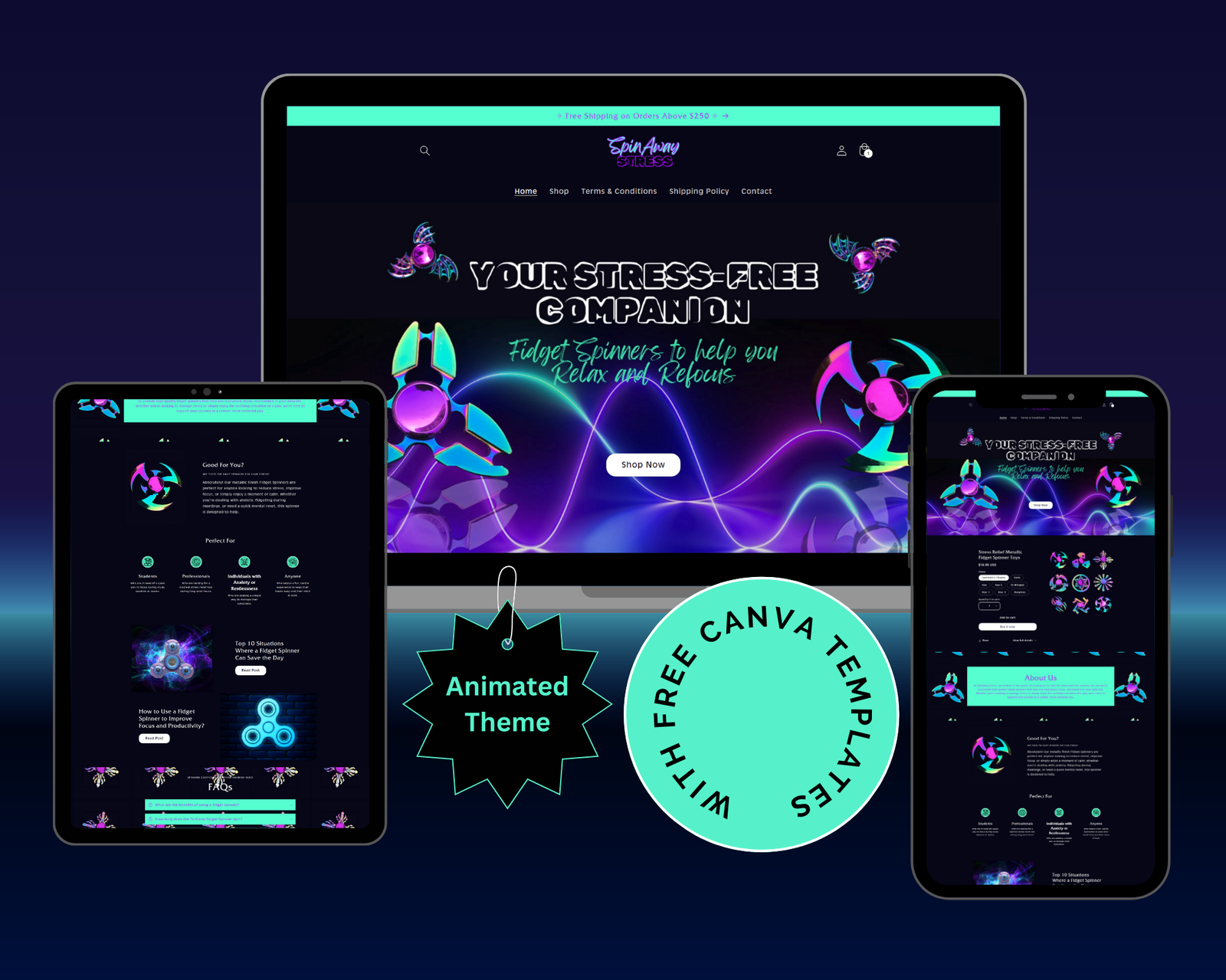
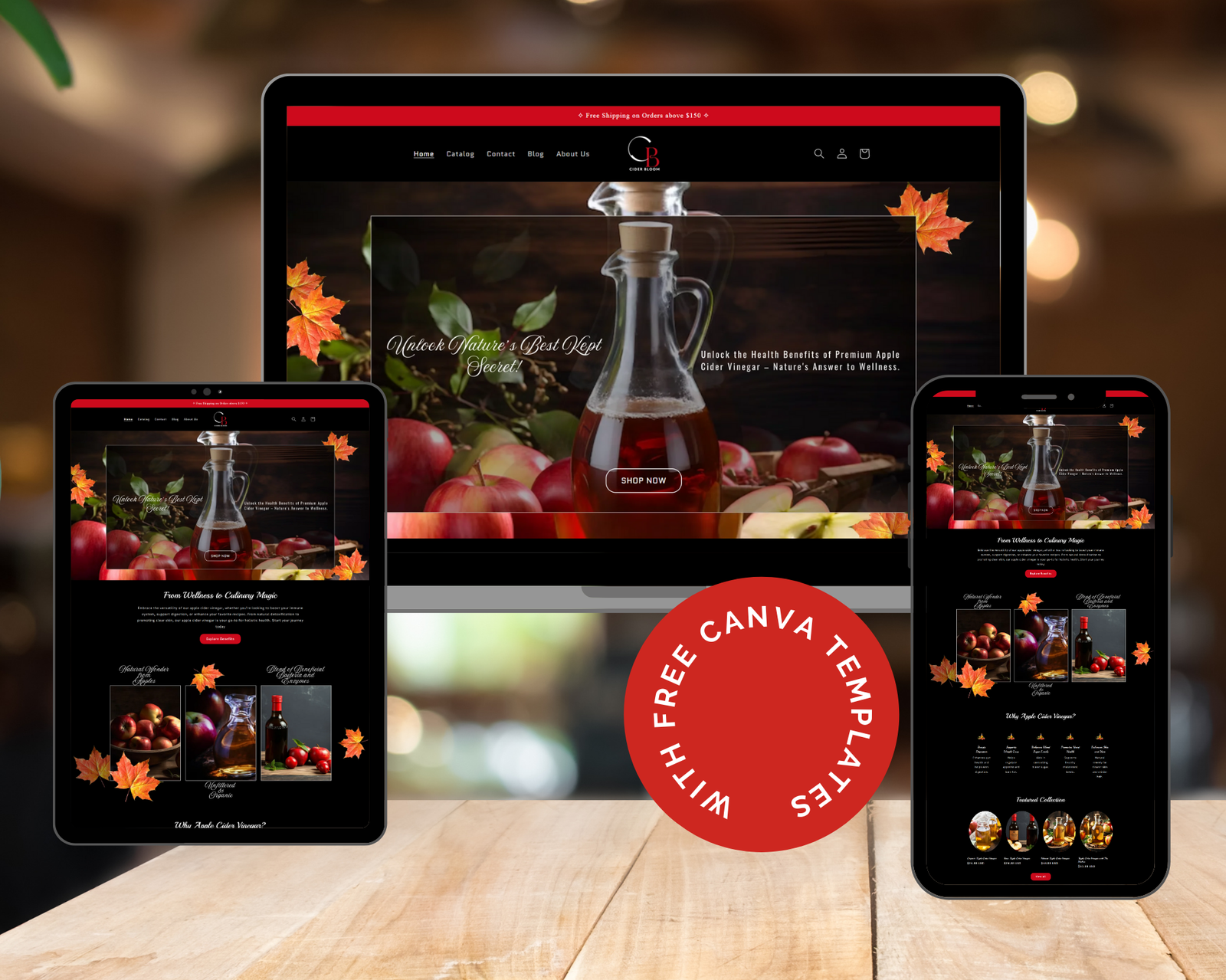

Explore Resource Library


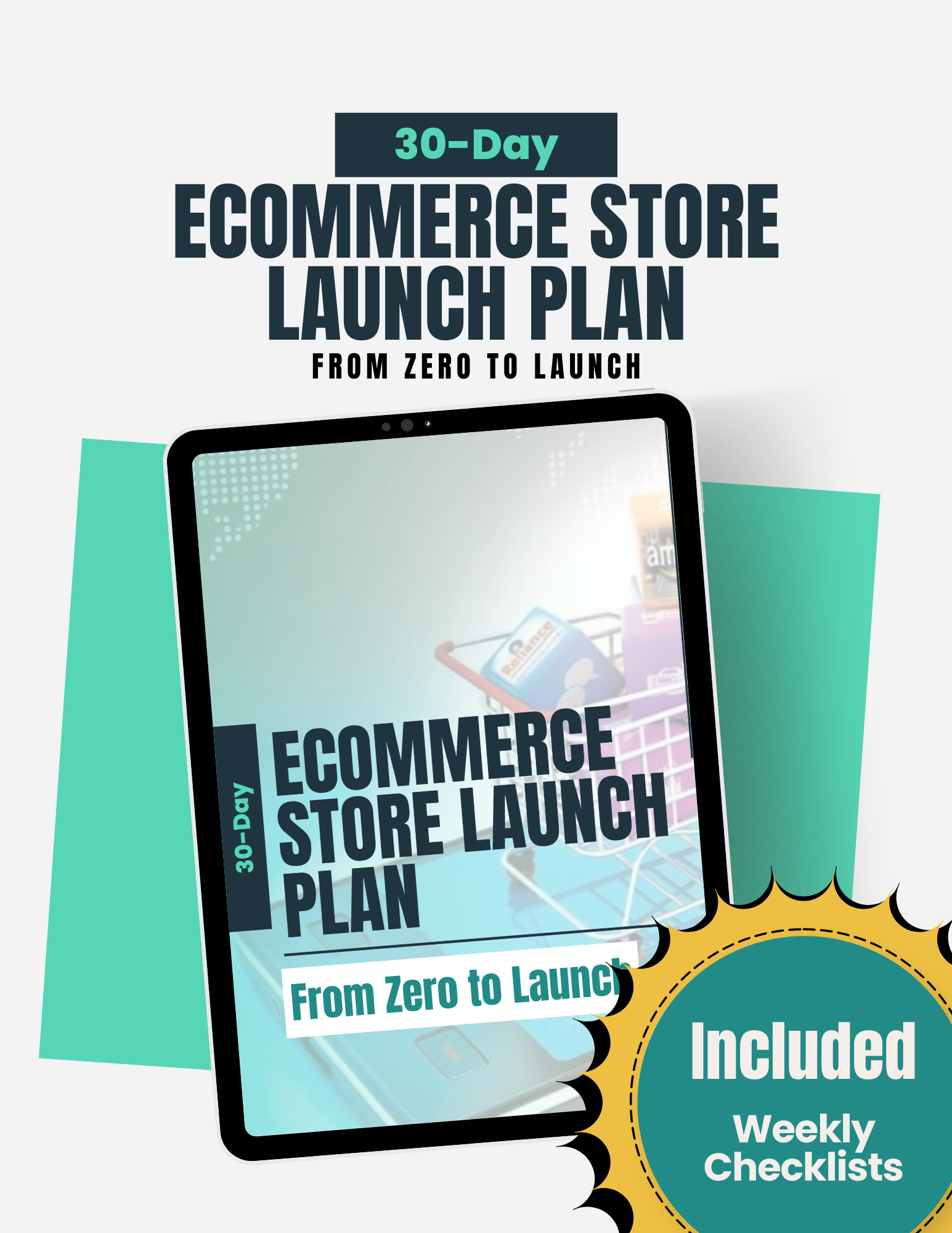
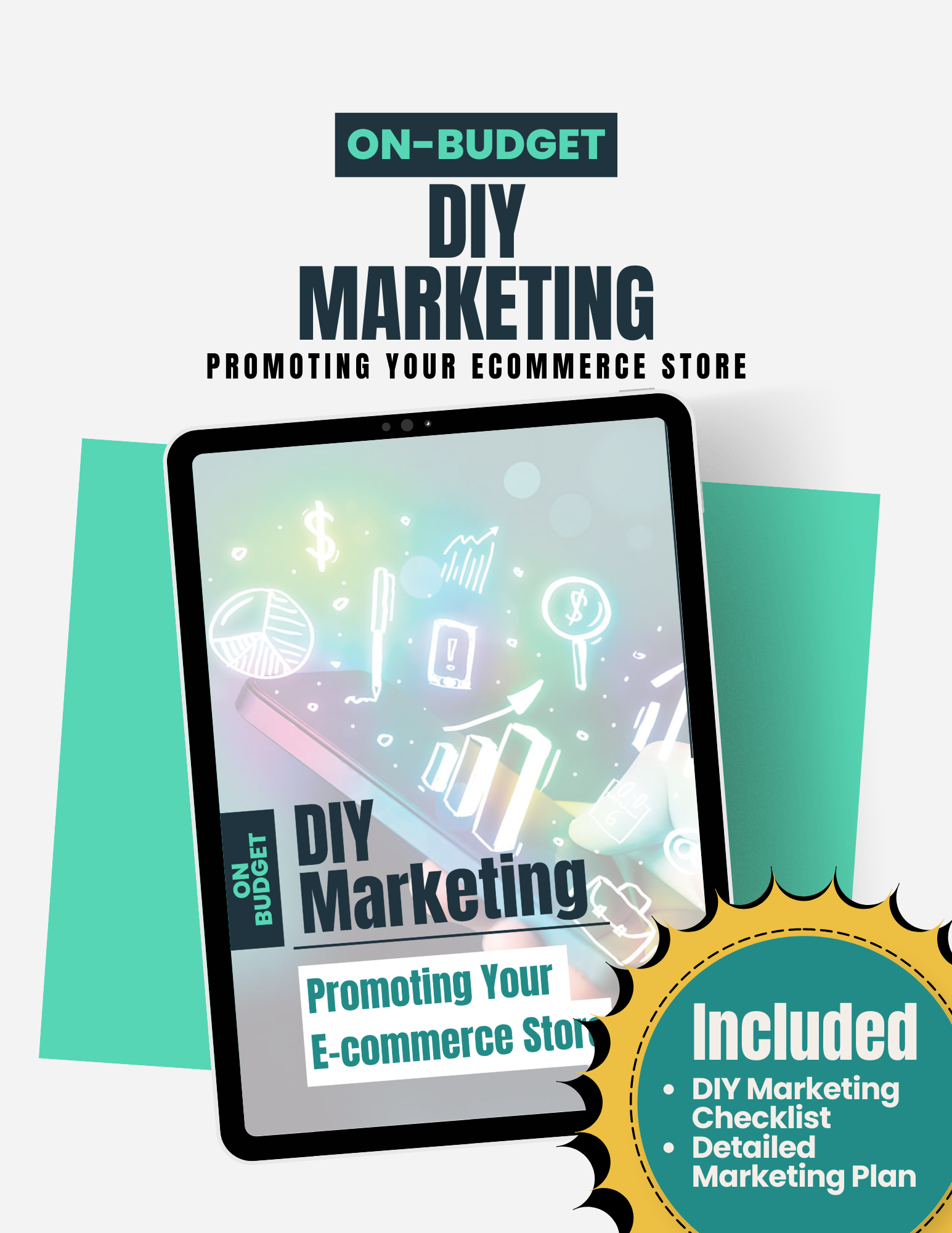

Stalk us on social Media
Key Takeaways
- Customer journey analytics provides valuable insights into how customers move through the sales funnel and interact with your website.
- Mapping customer journeys helps identify friction points and areas for conversion rate optimisation.
- Use tools like Hotjar and OptinMonster to gather data, test strategies, and make data-driven changes to increase sales conversion rates.
- By optimizing your website based on user behavior, you can significantly improve conversion rates and ensure long-term e-commerce success.


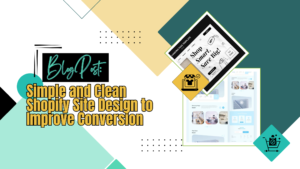

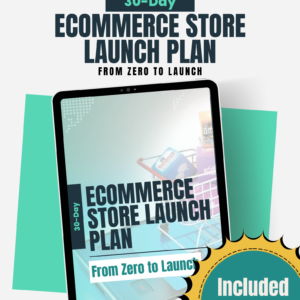 Ebook | 30 Day Ecommerce Store Launch Plan | From Zero to Launch
Ebook | 30 Day Ecommerce Store Launch Plan | From Zero to Launch